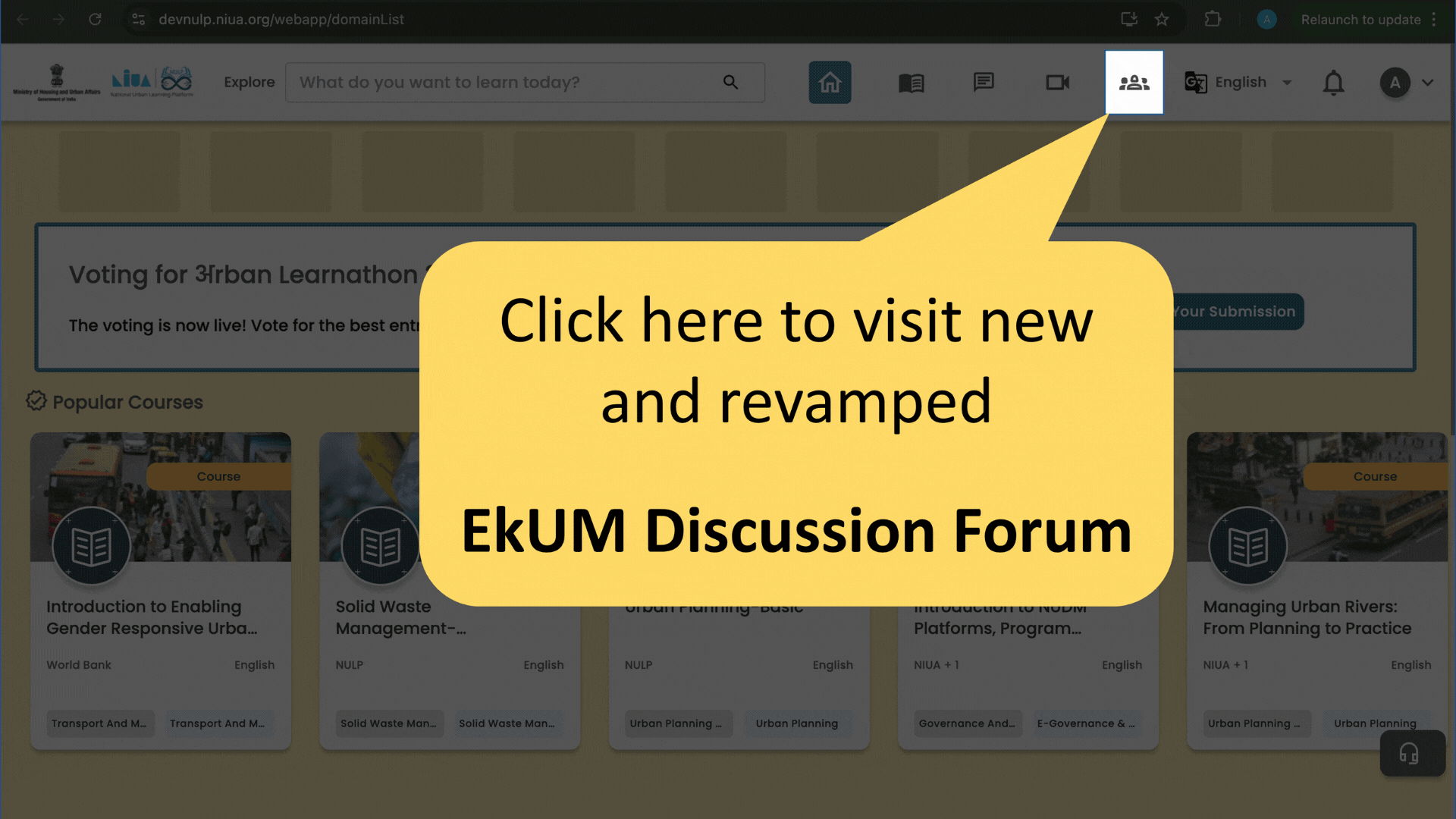Let us know if you used e-tenders, framework agreements, bulk-rate contracts, or another method—and how that choice impacted costs, delivery times, and reliability.
Abhilash Kishor
Posts
-
What procurement or contracting practices ensured quality and cost-effectiveness in your city’s WASH supply chain (chemicals, spare parts, etc.)? -
How have ULBs or NGOs structured livelihoods (e.g., waste-pickers, desludging crews) to professionalize the sanitation value chain?Share whether you organized workers into cooperatives or formal payrolls, what training or PPE you provided, and how it affected both service quality and worker incomes.
-
Which social-enterprise model successfully linked fecal-sludge collection with resource recovery (e.g., compost, biogas), and how was revenue shared?Describe the setup you used (who ran it, fee structure or subscriptions), the by-products you produced (compost, biogas, etc.), and how you split or reinvested the earnings.
-
What public-private partnership structures have you seen for building and operating sewage-treatment plants in mid-sized towns?Let us know the PPP model (e.g., BOT, O&M contract), who the private partner was, and how costs, risks and service quality were shared.
-
How are ULB engineers using CCTV-inspections or sensor-networks to prevent blockages in storm-water drains during monsoon season?Share the technology you use, how you schedule alerts or patrols, and whether it actually cut down on flooding or manual clearing.
-
Which city piloted an off-grid sanitation technology (e.g., biogas toilets, decentralized treatment) and what operational challenges arose?Tell us which technology you tried, where it ran (neighborhood or ward), and any hiccups you faced in day-to-day operations or maintenance.
-
What strategies have worked for balancing bulk-water purchases with local distribution tariffs to keep household rates affordable?Explain how you set your purchase vs. sale price (subsidies, slab tariffs, cross-subsidy), any billing tweaks you made, and how customers reacted to the changes.
-
How do ULBs integrate smart-meter data into leak-detection workflows—what platform or dashboard proved most user-friendly?Share the software or dashboard you hooked up to your meters, how alerts are flagged to maintenance teams, and whether it actually cut down on water loss.
-
Which decentralized rainwater-harvesting model has your municipality scaled, and how did you manage community buy-in?Tell us what system you rolled out (rooftop tanks, recharge pits, community ponds), how you got residents on board, and any tricks that helped them sign up and maintain it.
-
What low-cost waste-segregation practices have you seen adopted in informal settlements to reduce open-defecation–related health risks?Let us know which simple setups you used (color-coded bins, bag systems, DIY segregation stations), how you educated residents, and what changes you saw in waste disposal or hygiene.
-
How have ULBs leveraged community volunteers to monitor and maintain public sanitation blocks?Tell us how you recruited and trained volunteers , what routines or checklists they followed, and any improvements you noticed in cleanliness or uptime.
-
Which city-led behavioral-change campaign most effectively improved household toilet use, and what messaging resonated with residents?Share the campaign’s name, the slogans or visuals you used, how you rolled it out (posters, house visits, social media), and any uptick you saw in toilet adoption or positive comments from families.
-
How do you resolve overlapping or disputed land titles in urban infill areas—what dispute-resolution mechanism proved most efficient?Let us know the steps you followed (mediation, GIS-based verification, tribunal), any tech tools you used, and which method gave the quickest, fairest outcome.
-
Are there examples where transparent land-auctions funded social schemes without triggering speculative price spikes—how was the process run?Describe the auction setup you used (reserve prices, online bidding platforms, public notices), any anti-speculation checks you put in place, and how much funding you raised.
-
What land-banking or land-pooling strategies has your city used to secure sites for future social infrastructure or housing?Tell us which approach you tried (land-pooling, setting up a land bank, etc.), how you convinced landowners to join in, and what challenges or wins you experienced.
-
What technical challenges did you face merging cadastral data with citizen-reported GIS inputs, and how did you overcome them?Describe the issues you ran into (coordinate mismatches, missing attributes, tagging errors), the tools or scripts you used to clean and align the data, and your final workflow for reliable maps.
-
How have you applied spatial vulnerability indices in GIS to prioritize slum improvement or disaster-risk reduction zones?Explain which vulnerability layers or indices you created (e.g., flood risk, population density), the data you fed in, and how you used the results to decide where to focus resources first.
-
Which GIS tools have you hooked up to live IoT feeds (e.g., water pressure, air quality) to monitor infrastructure health on a map?Tell us which GIS software or plugin you used, the IoT sensors or data streams you connected, and how having real-time maps helped you spot and fix problems quicker.
-
Has your ULB partnered with NGOs on community-led housing—what governance or funding model made it work?Let us know which NGO you worked with, how decisions and funds were managed, and what kept the project on track.
-
How have microfinance or rent-to-own schemes been structured locally to help LIG/EWS families transition to homeownership?Describe the loan terms or rent-credit model you used, who ran it (bank, NGO), and any success stories or challenges.

